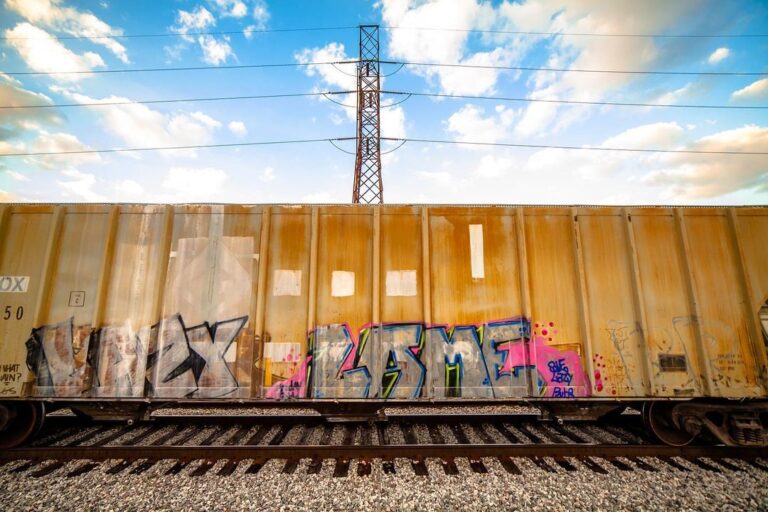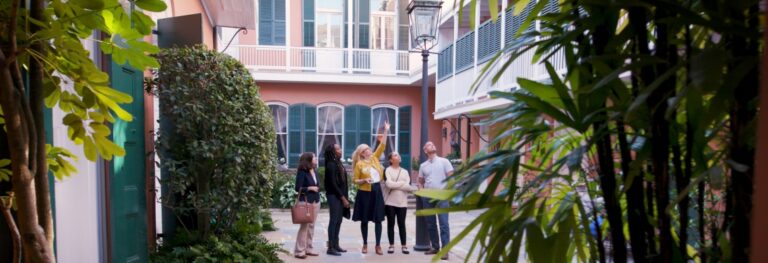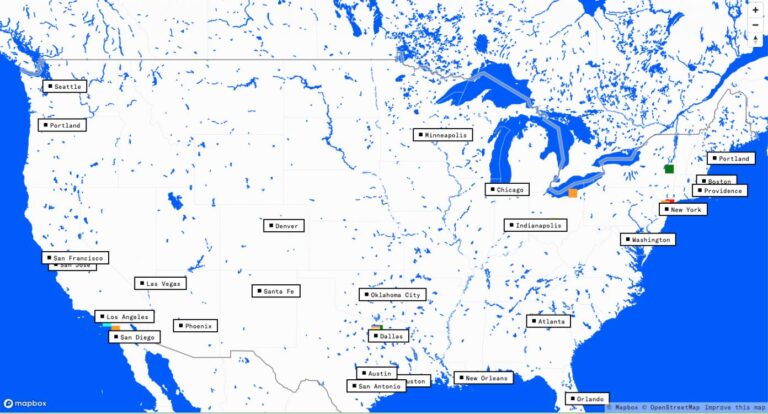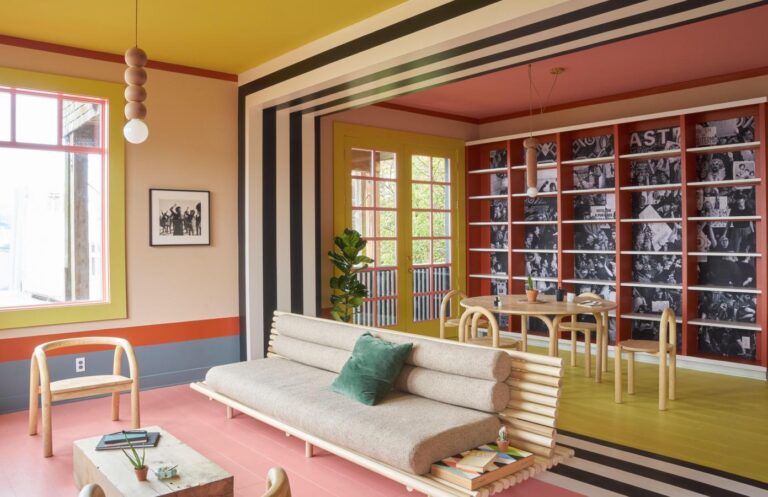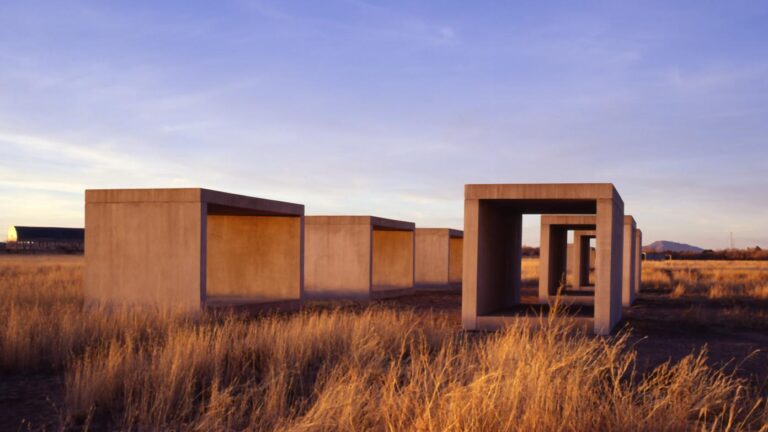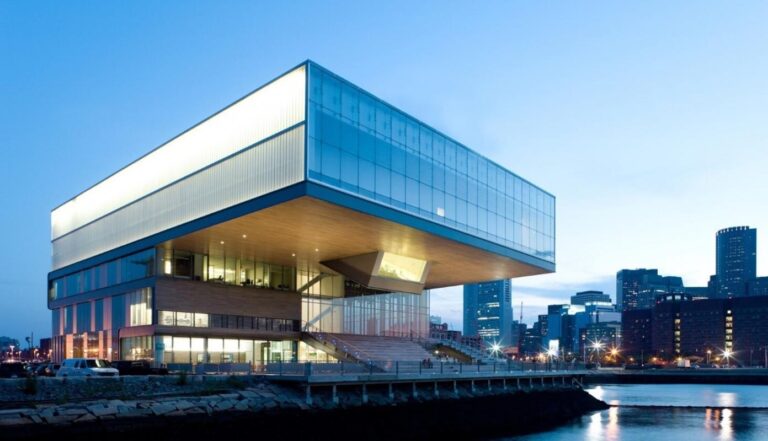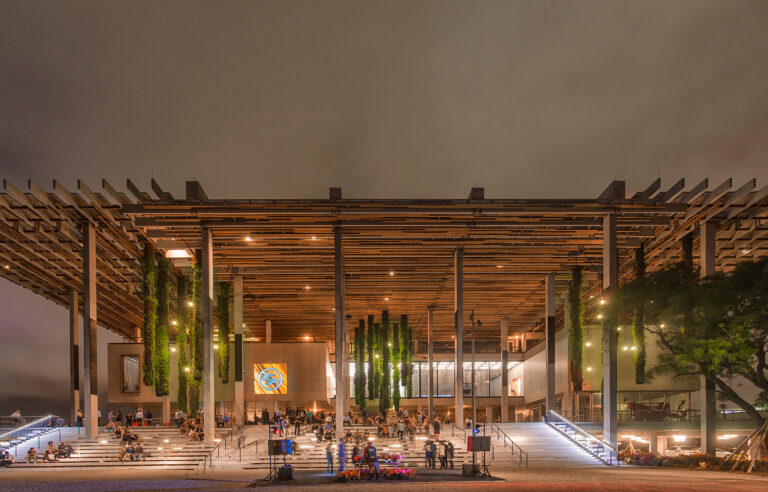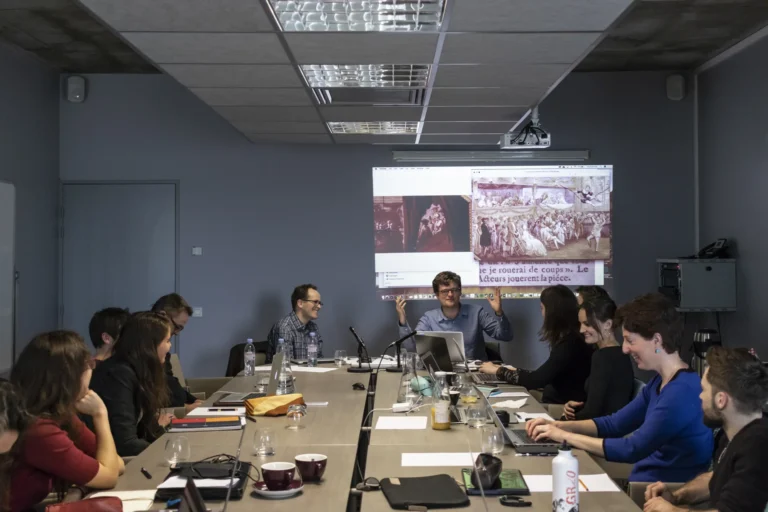
Exploring Immersive Media: Louisiana
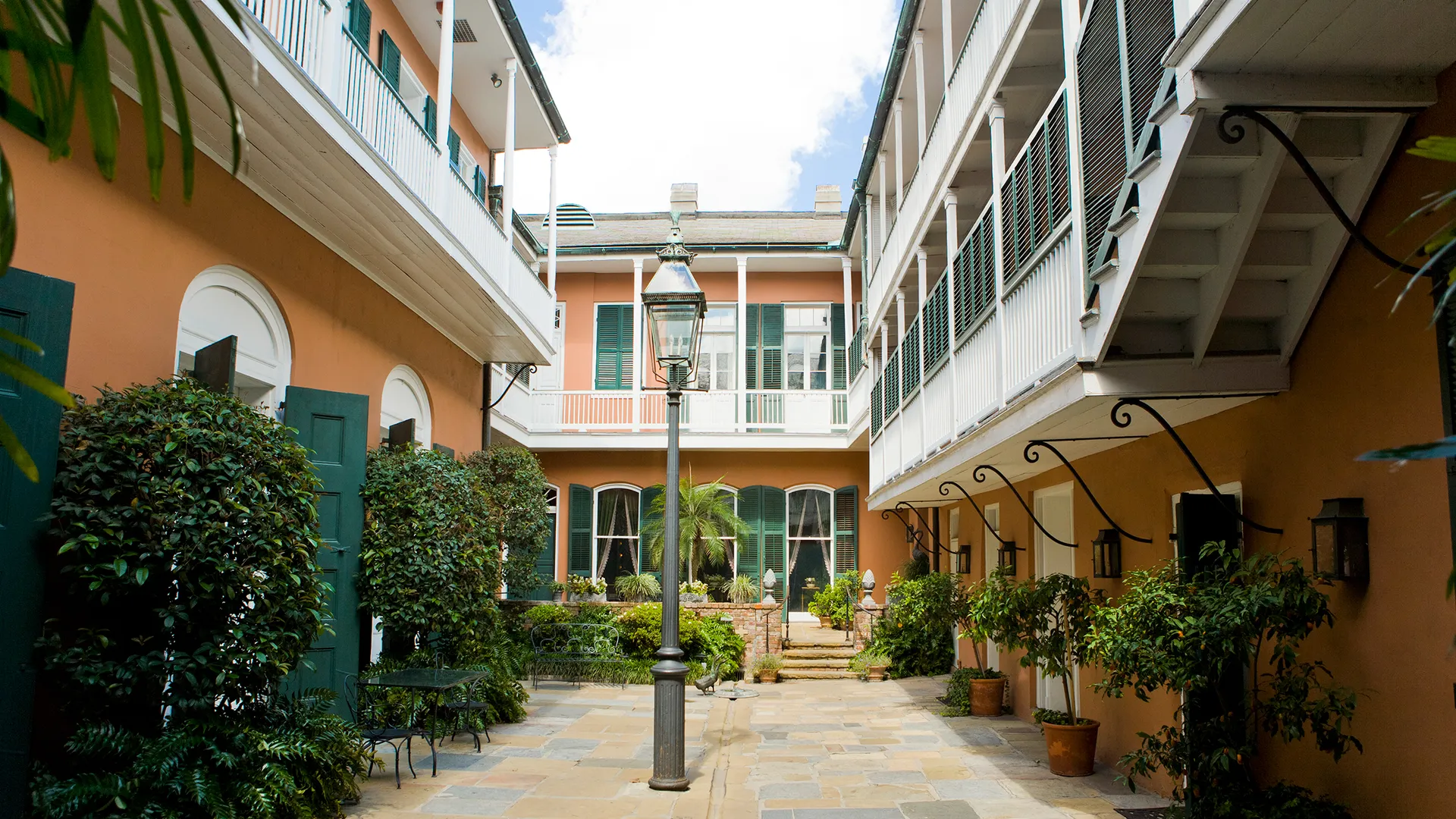
Courtesy The Historic New Orleans Collection
By Jalalle Essalhi & Camille Jeanjean
How about digital creation in Louisiana?
Louisiana is one of the most culturally diverse states in the US. It’s at once French, Spanish, African, Caribbean, and American, making it a rich territory with multiple influences. But little is said about the potential for digital exploitation of cultural and creative industries there. The Immersive Spaces map lists fifteen venues capable of offering immersive experiences in New Orleans alone, showcasing real potential.
Developing the potential for digital exploitation
A structurally unfavorable framework
“Louisiana has a complicated history, deeply shaped by colonial conquest, the ruthless exploitation of people and land for profit, but also a real gumbo of cultural influence”, explains Sam Bowler, Founder and Director of Culturalyst, a shared digital infrastructure for cultural communities.
Louisiana is one of the states where socio-economic inequalities are most marked, due to the weight of colonial history and a hostile geography. In this respect, the rebuilding of New Orleans after the city was decimated by Hurricane Katrina only illustrates the inequalities and structural problems already present. Culture, despite its centrality in the Louisiana economy, is no exception: “New Orleans is one of the cultural treasures in the United States and as a result, benefits from a tourism economy in which tourists spend around $10 billion per year while visiting the city. This spending is on hotels, restaurants, etc., but about 10% is spent on entertainment, which equates to about $1 billion per year in New Orleans, which you’d hope would be funneling back into the cultural community. Unfortunately, it’s not. Artists and culture bearers, the producers of culture, bring in roughly $20,000 in annual income, a large portion of which is already lost to rent, which has been driven up by over 60% in the last five years, due in large part to the pressure Airbnb has put on affordable housing”, Bowler explains.
So, it’s hardly surprising that cultural institutions are not the focus of major investment in digital technology. Above all, Louisiana’s own identity seems at odds with digital culture: “Inherently, in my opinion, what makes people remember Louisiana is that its traditions and cultural expression resonate on a human level, so I think it’s hard to share via a new digital medium without losing some of that essentially human magic”, he analyzes.
The situation is, of course, more nuanced, with a definite potential, provided it is locally rooted. That’s the promise of Culturalyst: “Cultural discovery is happening all the time on social media, but the experience of local cultural discovery can feel less straightforward. If I’d like to find artists in a city that work in sculpture or textiles, or understand the poetry being written in a city at a given moment, it isn’t easy. […] What we hope to accomplish with Culturalyst is to create an accessible space that centers local culture — the artists and all the work they want to share, alongside the opportunities, the organizations, the information about the heartbeat of a local cultural community. I hesitate from saying “local” artists too often, because I don’t think artists think of themselves that way, but what we’re trying to do is build a space that centers the artists who live in each place. And who that centering serves — from the artists networking, to tourists searching, to arts organizations or local governments resourcing — allows Culturalyst the rare opportunity of being able to keep evolving to meet the needs of multiple actors.”
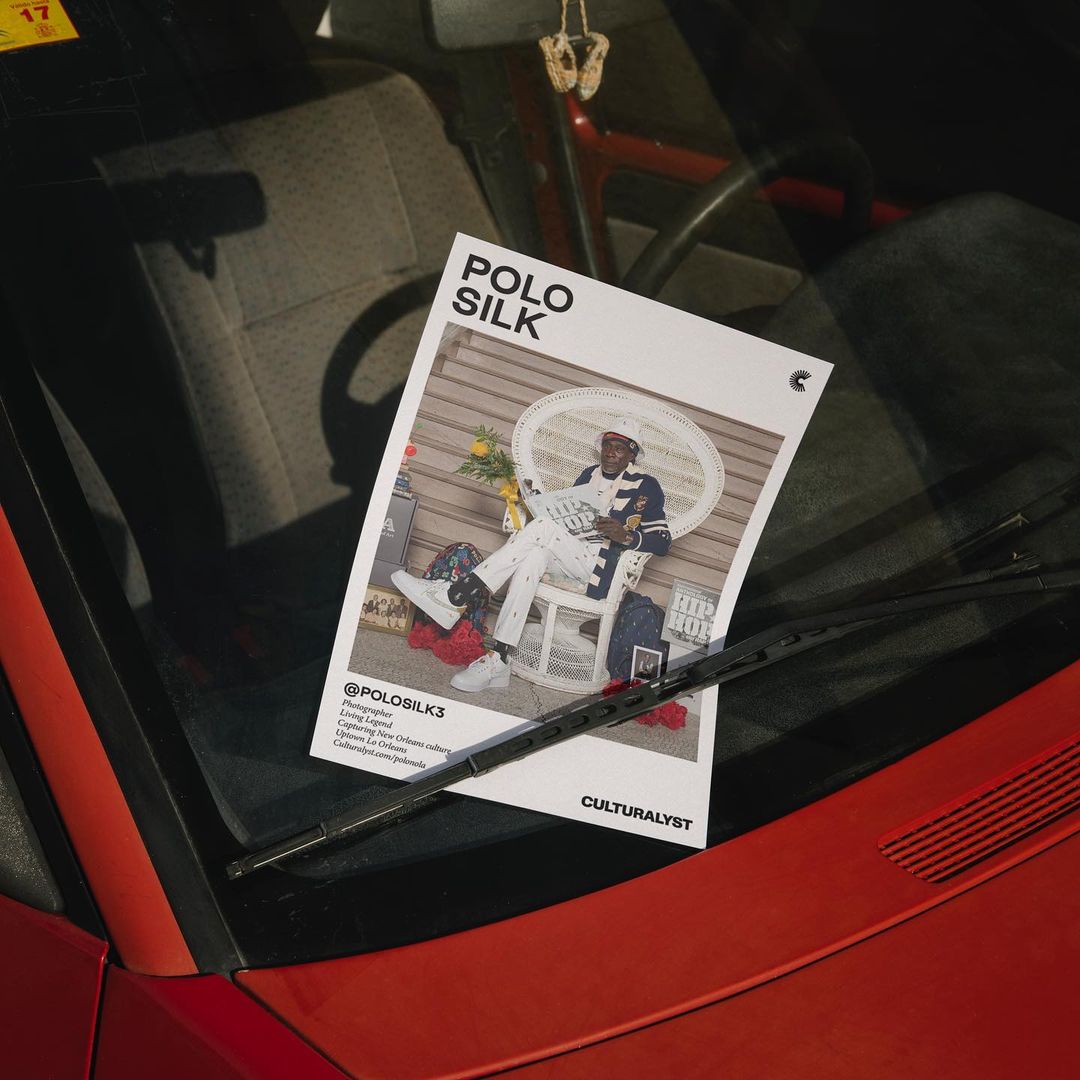
Culturalyst © Brett Labauve
Digital creation that respects the Louisianan identity
A unique art scene
It’s hard to find a place that does festivals as well or as often as Louisiana. This is true for all aspects of the cultural amenities there, where the number of events is incalculable: “The Jazz & Heritage Festival and Essence are big annual events in New Orleans. In other parts of the state, you have smaller festivals like Festival International de Louisiane and Blackpot Festival & Cookoff in Lafayette”, Bowler displays. “For arts, culture and literature, the New Orleans Book Festival, the Louisiana Book Festival, and the Tennessee Williams & New Orleans Literary Festival are annual gatherings drawing thousands of people to the Louisiana story. […] On the tech side, New Orleans Entrepreneur Week and Idea Village pursue the future”, adds Dave Walker, Director of Communications and Marketing at The Historic New Orleans Collection.
Precisely, it’s worth taking a close look at Louisiana’s active and innovative museum scene, as presented by Dave Walker. “THNOC and our peer institutions have embraced contemporary storytelling techniques in a variety of ways. Our galleries offer several such experiences, including the wraparound film “The French Quarter After Dark”, a 17-minute 360-degree film which draws on THNOC’s collection, animation, live action, and immersive audio to guide the viewer through the history of our most famous neighborhood, from indigenous peoples to scenes of contemporary Mardi Gras. Elsewhere, multimedia interactive displays engage visitors with experiences that enhance the gallery experience.” THNOC’s website also hosts an array of virtual exhibitions: “The recent pandemic and the need to reach learners in remote settings accelerated the institution’s dedication to digital engagement. A new traveling exhibition, “The Trail They Blazed“, shares THNOC’s holdings and storytelling expertise with students and educators all over our region.”
Also noteworthy is the National WWII Museum in New Orleans that has long been a pioneer in immersive museum experiences, telling the story of citizen soldiers in World War II: “Two recent additions there have raised the bar in providing immersive experiences. One, “Expressions of America”, is a 3-D journey through the war projected on the inner surfaces of the museum’s massive pavilions. The newly opened Liberation Pavilion uses state-of-the-art exhibitions to take the visitor through the Holocaust and the war’s aftermath.”
“Other institutions are pursuing the vanguard of immersive displays”, he says. These include Vue Orleans, JamNola, and the Sazerac House. Another example is the New Orleans Film Society, whose film festivals are increasingly focusing on immersive creation.
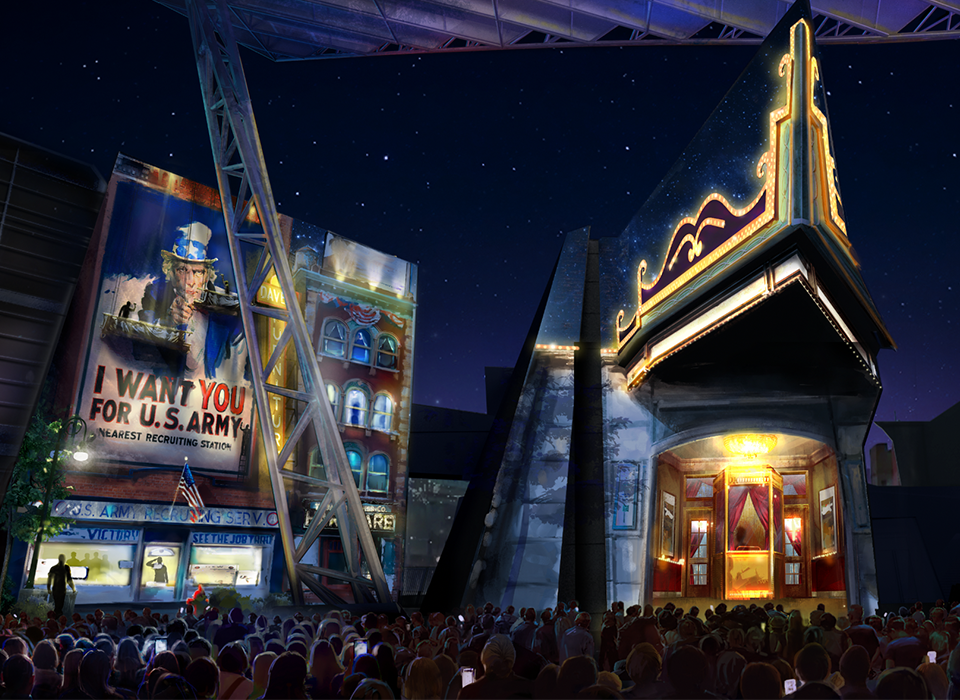
Expressions of America © The National WWII Museum
It’s easy to understand why French artists are so enamored of Louisiana’s unique cultural scene. The works of NSDOS and Yohan Giaume are particularly noteworthy.
NSDOS, aka Kirikoo Des, is a French multidisciplinary artist. Following studies at the International Dance Academy (Paris), he sought to create sounds on which to pose his movements and ultimately imagine a new sound order, an alternative approach to music – by abstraction. Sometimes called the “hacker of techno” by the French press, he distorts technological tools, creating the link between machines and matter. He collects living data, using sensors on his dancing body, interactive devices or creative coding programs, and injects them into the rectilinear skeleton of techno to make an organic matrix. He invites the public to push back with him the limits of the body, objects and sounds. In constant research of a new medium to develop his art, he engages his audience through performances, workshops and masterclasses around the globe in contemporary art museums or digital art events such as Mutek Mexico, Montreal & Tokyo, the BIAN of Montreal, the Gwangju Biennale in South Korea or the Triennale of Milano.
His artistic residency at Villa Albertine in Louisiana was the subject of a short documentary by Edouard Lemiale, “NSDOS, le temps d’une résidence”, produced by Matrice, with the support of Université Catholique de Lille and Villa Albertine.
Consider also composer-arranger, trumpeter, producer and ethnomusicologist Yohan Giaume. He is building an oeuvre that combines his passion for world music traditions, large-scale collaborative efforts, and love for the trumpet, his first instrument. His musicological research focuses on the origins and intersections of musics between the Americas, Europe and Africa, but his motivation is less academic and more about creating contemporary settings for vital traditions so they continue to inform and inspire. His first pilgrimage to New Orleans in 2009 continues to inspire his work.
He is currently working on the immersive experience “The French Opera House Immersive Experience” that aims to create and distribute virtual reality immersive experiences in the old New Orleans French Opera House, reconstructed in 3D, and using VR. The project involves a 45-minute narrative visit to the French Opera House and its history; virtual concerts; and a free tour of the opera house which includes access to a permanent exhibit.
The role of scientific and academic research
As for scientific and academic research in Louisiana, it is productive and promising.
First, we should mention the pioneering role of Louisiana State University, under the aegis of Jeffrey M. Leichman, Associate Professor in the Department of French Studies, where two major projects were carried out: “VESPACE” and the “1805” project.
VESPACE is a collaboration between scholars in literature, history, performing arts, architecture, game studies, and computer science. The result is six years of teamwork between researchers in the US, France and England that was twice awarded grant funding from the National Endowment for the Humanities Office of Digital Humanities, as well as crucial support for a 3-year PhD studentship in France co-funded by Ouest Industries Créatives. “As part of this work, I hosted two international meetings on the LSU campus in 2017-2018, and worked closely with colleagues at the Université de Nantes (notably professor Françoise Rubellin) and the Ecole Centrale de Nantes (notably professor Florent Laroche); our doctoral student, Paul François, earned his degree from both institutions, and his work on developing the architectural model for our interactive playable experience of an eighteenth-century marionette theatre was an important part of his dissertation (he is currently a research engineer with the CNRS in Aix-Marseille)”, Leichman explains.
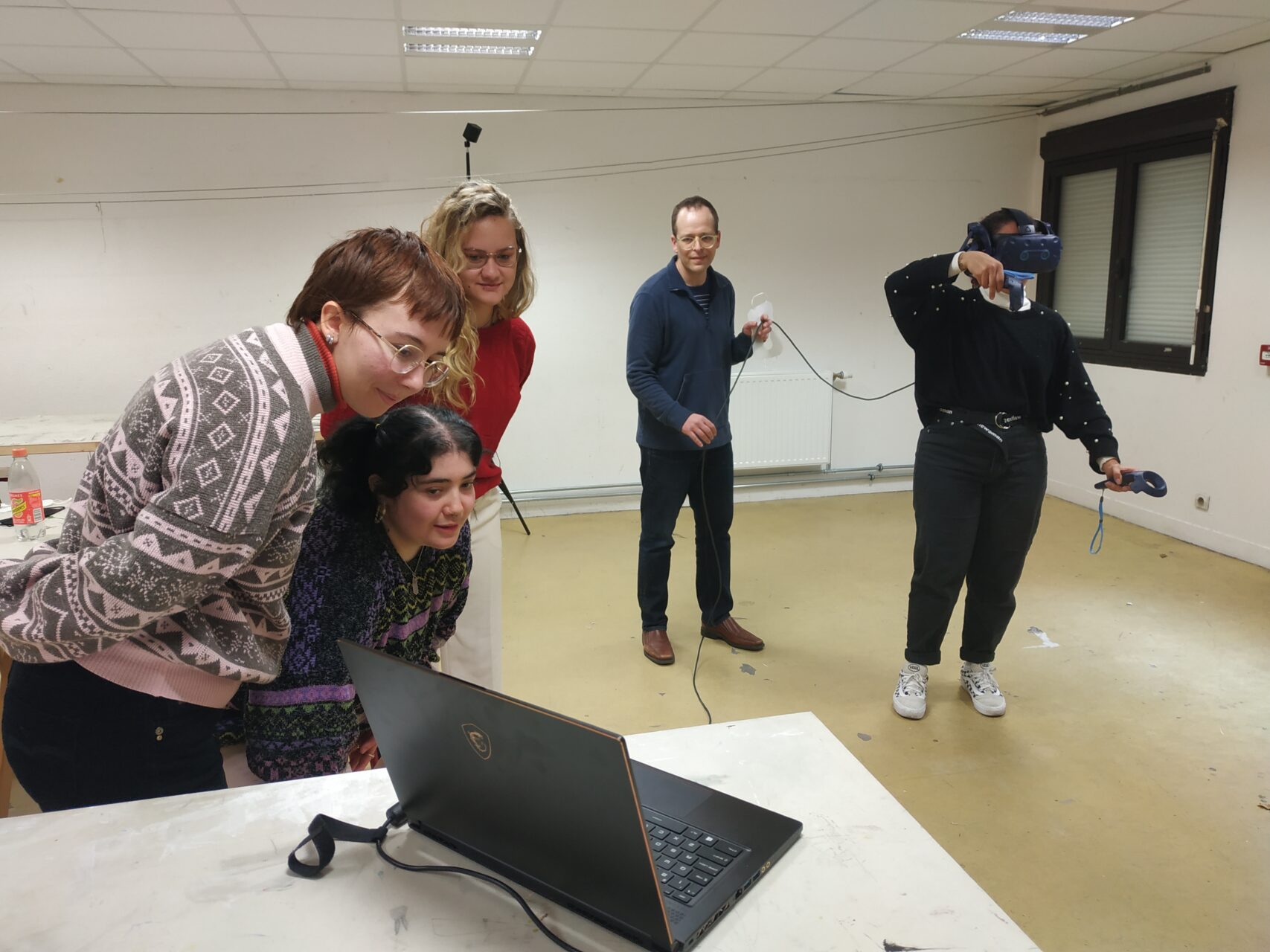
Jeff Leichman leading a VESPACE demonstration at the Université Bordeaux Montaigne © LSU & Partners
On the other hand, there is the “1805” project. As part of his research when he directed the Transatlantic Research Partnership (2020-2022), Leichman discovered the 1805 prospectus for a theatre proposed by Jean-Hyancinthe Laclotte, an architect from Bordeaux, for a massive theatre to be built own the Mississippi waterfront of New Orleans shortly after the Louisiana Territory was purchased by the United States from France. “Working with New Orleans-based architect Shea Trahan, we designed a VR model of this theatre which we presented at the conference that concluded our project activities in December 2022; this work is currently under review for publication”, he says. The project will also result in a hybrid virtual-live concert at the LSU Digital Media Center theatre next September 26-27, 2024.
Finally, numerous initiatives are being developed in Louisiana, which shows the territory’s growing attractiveness for new media and digital culture. Noteworthy is the 11:11 Philosophers Group which recently hosted a symposium on the uses of AI in New Orleans. Also, the NeurIPS conference, a machine learning and computational neuroscience conference held every December since 1987, whose 2023 edition took place in New Orleans.

